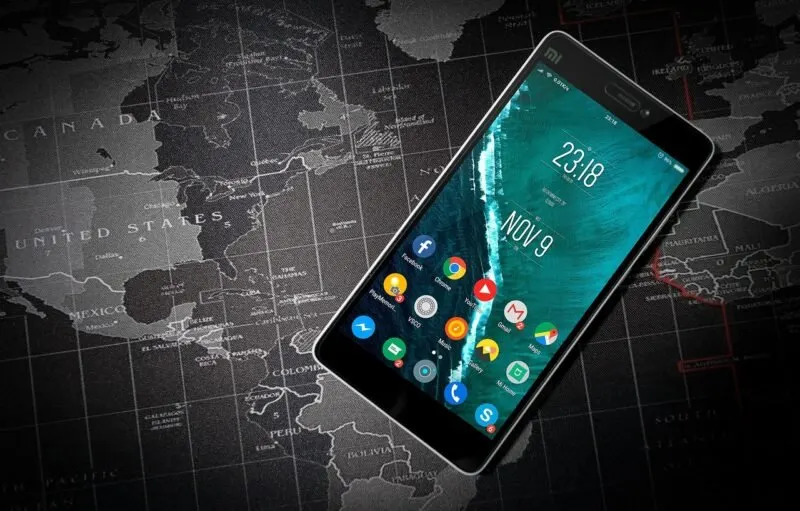In today’s travel landscape, technology plays a larger role than ever before. From virtual adventures to GPS-guided tours, modern explorers are turning to their devices not only for navigation but also for richer, more adaptive experiences. But as travel grows more dynamic, the demand for hyper-relevant, real-time data is reshaping the expectations of what a “smart” travel app should deliver.
The Benefits of Real-Time Weather in Travel Apps
Smart travel apps are evolving beyond static routes and generic suggestions. Today’s travelers expect tools that respond in real time, especially when weather conditions could affect their plans.
If you’re building a travel business, it’s worth considering how to integrate weather forecasting into your app to enhance both safety and user experience. Real-time forecasts can enable features like location-based alerts, route adjustments, or even activity recommendations.
Weather-aware tools can help travelers avoid dangerous conditions during road trips or adjust their plans when storms threaten outdoor excursions. The result? A more informed, less stressful experience that enhances both safety and enjoyment.
Managing the Human Side of Travel Tech
While travel tech enhances convenience, it’s also important to consider its impact on the user’s mindset. Travelers prone to stress often benefit from tools that offer clarity and predictability. Designing with this in mind—such as by addressing the causes of travel anxiety—can help build features that support a calmer, more confident experience.
Customizable alerts, live updates, and real-time weather data aren’t just technical perks—they can provide emotional reassurance. The more control users feel they have over changing conditions, the more likely they are to trust and rely on the app throughout their journey.
Travel Tech That Learns With You
Smart travel tools are no longer just reactive—they’re becoming predictive. Newer apps can learn from user behavior over time, tailoring suggestions based on patterns like preferred destinations, ideal temperatures, and even time of day for excursions. This type of adaptive technology goes beyond weather—it transforms the entire planning experience into something personal and intuitive.
For instance, if you tend to avoid high altitudes or cold climates, your app may start deprioritizing those options entirely. Over time, this reduces decision fatigue and helps ensure that recommendations actually match your travel style. Instead of repeatedly inputting preferences, users benefit from a smarter, more context-aware experience.
Offline Functionality for Remote Adventures
Adventurers heading into rural or off-grid locations know the value of staying informed—even without internet access. Many modern travel apps now offer offline functionality, allowing users to preload forecast data, maps, and alerts before heading into low-signal zones. This ensures that important updates don’t vanish when connectivity does.
For hikers, backcountry campers, and remote road trippers, this feature is essential. It means you can still track shifting weather patterns, monitor trail conditions, or find the safest way back—all without needing a constant signal. Offline access turns these apps from convenience tools into safety essentials.
Visual Forecasting and Map Overlays
Today’s travelers are increasingly visual, and so are their apps. Instead of scanning through charts or lines of forecast text, users now rely on map overlays, interactive radar, and animated weather visuals to make quick decisions. Whether tracking cloud movement across a region or identifying rainfall zones on a hiking route, visuals help simplify complex data.
These enhancements are especially useful for time-sensitive decisions. A heatmap might show you which city blocks to avoid during peak sun hours, while a wind overlay could steer your boat route toward calmer waters. With a single glance, you gain a clearer picture—literally—of your best travel options.
Smarter Planning for Solo Travelers
Solo travel often requires more flexible planning, especially when using tools that offer personalized trip adjustments based on weather or location. Whether avoiding storms or finding the best conditions for photography, having access to up-to-date climate data makes for a smoother, more confident journey.
Smart travel apps also help solo travelers manage uncertainty. They can notify users of sudden changes in weather patterns, suggest safer routes, or even recommend indoor activities during bad conditions—all without requiring constant manual updates.
Customization Is Key
The best travel tech doesn’t assume what users want—it gives them options. That’s why customization is becoming a core feature in weather-aware apps. Giving users control over notification frequency, alert types, temperature thresholds, and even units of measurement helps the experience feel personal rather than generic.
This kind of flexibility makes the data more relevant and actionable. A traveler hiking in the desert may want UV or heat alerts, while someone exploring a city might only care about sudden rain. When apps allow for that level of input, they move beyond simple utilities and become trusted travel companions.
Final Thoughts
As travel continues to evolve, so too must the tools designed to support it. From real-time climate data to user-centered design, smart travel apps are becoming indispensable for helping people move through the world with greater safety, confidence, and adaptability. When weather-aware features are thoughtfully integrated, they do more than enhance functionality—they empower users to navigate not just maps, but microclimates with ease.

